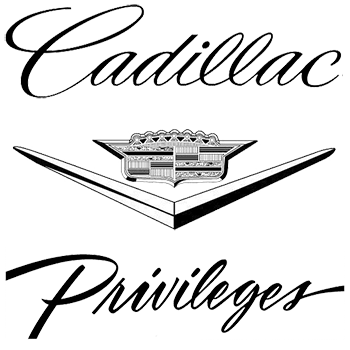RogueOne
New Member
Hey all. I’m going to install a Mr. Gasket #12S electric fuel pump into my 67 Polara 383 with AC. Every now and then I need to prime the carb. I’m scratching my head on where to put it as it has to be at the lowest fluid level of the tank. I am probably going to bolt a steel bracket onto the drivers side frame rail aft of the axle where it curves back down after bridging the wheel well. It’s scares me though as it will just be hanging out in the open with nothing around it. Also, the wiring diagram that came with the pump isn’t very helpful. Would anyone be able to supply me with one or point me to one? Should I install the separate relay kit or just connect right into the ACC line after the ignition switch. I would have an on/off switch in the circuit so it’s not always running when the key is on. Will include the 5 amp fuse too. Any thoughts on where that should go in the circuit? Thanks!
Last edited:

















